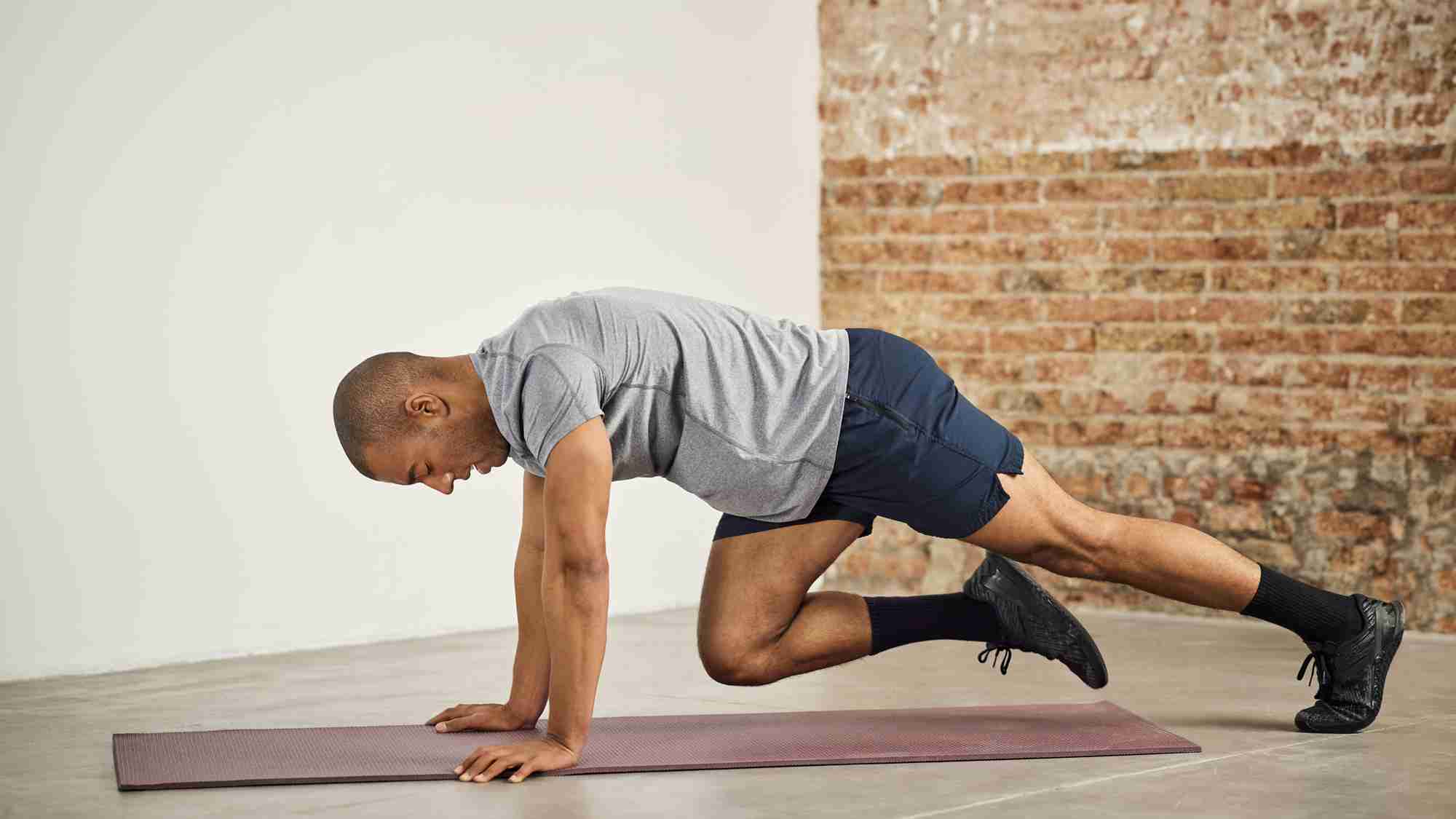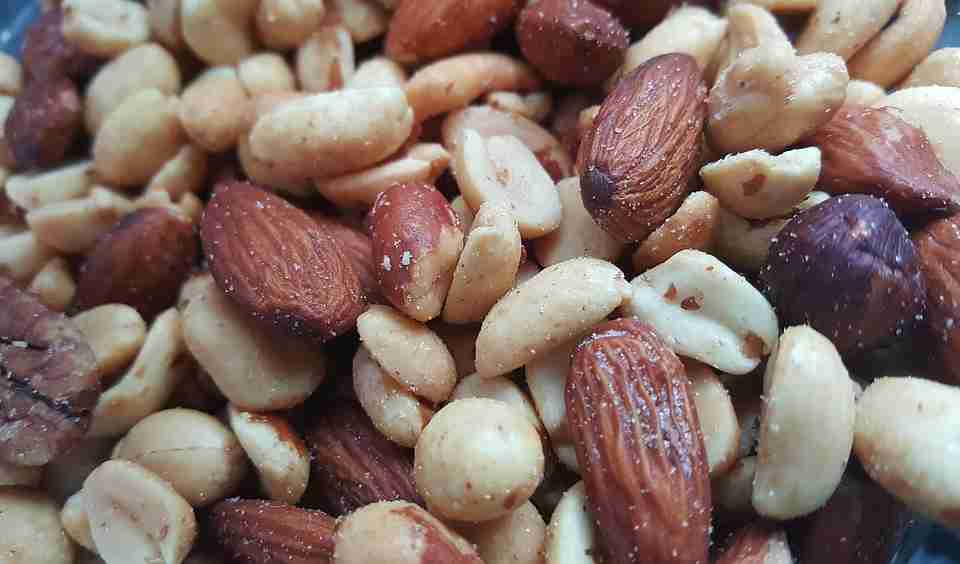
Running to lose weight: The 5 benefits of running

6 min read
In the quest to lose weight, running proves to be a powerful ally. This article highlights the myriad benefits of incorporating running into your fitness routine for weight loss.
From enhanced cardiovascular health to increased calorie burn and improved mental well-being, running offers a holistic approach to shedding pounds.
Here are the top five benefits of running for weight loss, along with a comprehensive sample workout plan and valuable tips for beginners.
Running to Torch Calories
Running isn’t just a way to stay fit; it’s a calorie-blasting powerhouse. Research shows that running can outstrip other forms of exercise in calorie expenditure. Depending on factors like weight, pace, and distance, running can help you burn a substantial amount of calories.
A 150-pound individual can torch around 100 calories per mile. For instance, running a 10-minute mile equates to burning about 1,000 calories in an hour.
Tailoring your running regimen to match your weight loss goals involves understanding the calorie-burning equation. To shed a pound, it’s essential to burn roughly 3,500 calories. Whether you aspire to drop a few pounds or maintain a healthy lifestyle, running is an accessible and effective option.
Running stands out as an impactful exercise for weight loss due to its ease of initiation and versatility. With nothing more than quality running shoes, you can hit the pavement and conveniently weave running into your routine.
The types of running are very diverse, and each of them has different advantages and goals:
| Type | Description | Benefits |
|---|---|---|
| Baseline | Normal run up to 10km at your natural pace | Suitable for beginners, helps with overall fitness and stamina improvement |
| Long | Run at base pace, covering 15-20km | Improves stamina and overall fitness |
| Interval | Short, fast running in repeated intervals with rests | Improves speed and endurance |
| Hill | Repetitions on a hill with high pace up and rest down | Trains strength, endurance, and speed |
| Progressive | Starts slow, ends fast over a set distance | Improves speed, endurance, and resistance to fatigue |
| Recovery | Slow pace run after a hard and intense workout | Adds extra distance while providing relief from intense runs |
Running burns more calories than most exercises
In order to achieve your weight loss goals, you need to burn more calories than you take in through food, and for this, you need to be physically active. Cardio is an excellent workout because it burns a lot more calories than most exercises.
The reason for this is that running requires the hard work of many different muscles. The calories burned can be compared to those burned during an intense swim, practicing martial arts, or a 30-minute game of basketball.

If you run at a high intensity, you will continue to burn calories after the workout and lose weight effectively
Regular physical activity will certainly help you in the process of losing weight, but there are a few exercises that will help you burn calories even after the workout is over, and running is one of them. This requires you to practice interval or hill running, which are very intense and will continue to burn your calories for up to 2 days after the workout.
These types use a lot of muscle groups, and your recovery after them requires a lot of energy.
High-intensity running suppresses your appetite
Reducing calorie intake is also important to the weight loss process. Many people try to do this by eating smaller amounts of food, but this strategy is rarely successful because it is more likely to increase your appetite even more.
High-intensity exercise can fight hunger because it suppresses the production of the hunger hormone ghrelin while simultaneously stimulating the production of the satiety hormone peptide YY.
You will lose belly fat if you run at a moderate to fast pace
Belly fat is always a major target in the weight loss process. Besides being hard to lose, excess belly fat is also very bad for your health because it is associated with an increased risk of type 2 diabetes and heart disease.
Running at a moderate to high intensity can help reduce belly fat, and this effect will be there even without changing the way you eat.
How to start running to lose weight and get in shape?
If you’re a beginner, you don’t need anything more than good running shoes, comfortable clothes, and a water bottle to get started. To start, give yourself about 30 minutes of total time, which includes a 5-minute warm-up, 20 minutes of running and walking, and a 5-minute cool-down at the end of the workout.
Try to perform it 3 or 4 times a week - this way you will have enough time to recover between individual workouts.
Warming up before running is very important as it helps you prevent injury, so always start by stretching, then walk at a normal pace for about 5 minutes before moving on to running. Cooling down at the end of each workout is just as important as warming up at the beginning, so finish with 5 minutes of walking, gradually reducing the pace.
Sample plan for beginners
This month-long plan for beginners involves doing a series where you alternate between running and walking, increasing the duration of the run each week:
| Week | Warm Up | Running Duration | Walking Duration | Sets | Cooldown |
|---|---|---|---|---|---|
| Week 1 | 5 minutes | 1 minute | 2 minutes | 7 | 5 minutes |
| Week 2 | 5 minutes | 2 minutes | 2 minutes | 5 | 5 minutes |
| Week 3 | 5 minutes | 3 minutes | 2 minutes | 4 | 5 minutes |
| Week 4 | 5 minutes | 4 minutes | 2 minutes | 3 | 5 minutes |
Week 1 => warm up for 5 minutes, jog at a natural pace for 1 minute, then walk for 2 minutes (7 reps), and finish with a 5-minute cooldown.
Week 2 => warm up for 5 minutes, run at a natural pace for 2 minutes, then walk for 2 minutes (5 reps), and finish with a 5-minute cooldown.
Week 3 => warm up for 5 minutes, run at a natural pace for 3 minutes, then walk for 2 minutes (4 reps), and finish with a 5-minute cooldown.
Week 4 => warm up for 5 minutes, run at a natural pace for 4 minutes, then walk for 2 minutes (3 reps), and finish with a 5-minute cooldown.
After the month is over, you can start increasing your running minutes at the expense of walking minutes or try different types of running. If you have pre-existing health conditions that may be affected by these workouts, be sure to consult a medical professional before starting to run.
Running is a great way to improve your mental health
There are many benefits to running that can improve your mental health. Running can help to improve your mood, increase your energy levels, and help you to sleep better. It can also help to reduce stress, anxiety, and depression. Running is a great way to get your endorphins flowing, which can improve your mood and make you feel happier.

It can also help to give you a sense of accomplishment and purpose. If you are feeling down, a run can help to lift your spirits and give you a fresh perspective. Running is also a great way to get some exercise and fresh air, both of which are great for your mental health.
Summary
Running is a great way to lose weight. It is low impact, so it is easy on your joints. It is also a great way to get your heart rate up and to improve your cardiovascular health.
If you are looking to lose weight, then running is a great option for you. It has many benefits that can help you to achieve your weight loss goals. Be sure to start slowly and to gradually increase your distance and intensity level. And, most importantly, have fun!


